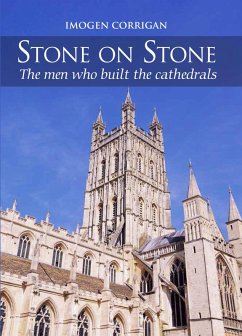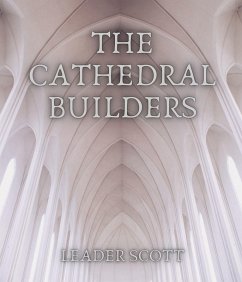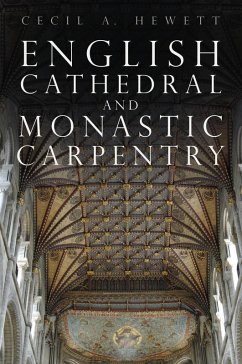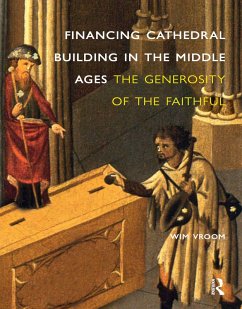
Building Durham Cathedral (eBook, ePUB)

PAYBACK Punkte
0 °P sammeln!
Durham Cathedral was completed nearly 900 years ago, after 40 years of construction. Inevitably it has suffered from the effects of time: physical erosion, from the weather and increasing pollution on stone that was never of the best quality, and cultural erosion, the impact of secular and religious changes - not least the depredations of clerics, improvers, and administrators. Nevertheless, it remains: the stones speak and provide the story of themselves. Building Durham Cathedral explores this magnificent structure by questioning its architectural plans and stonework. As there have been mini...
Durham Cathedral was completed nearly 900 years ago, after 40 years of construction. Inevitably it has suffered from the effects of time: physical erosion, from the weather and increasing pollution on stone that was never of the best quality, and cultural erosion, the impact of secular and religious changes - not least the depredations of clerics, improvers, and administrators. Nevertheless, it remains: the stones speak and provide the story of themselves. Building Durham Cathedral explores this magnificent structure by questioning its architectural plans and stonework. As there have been minimal additions we catch sight of it as the Norman builders intended. Remarkably, a few early documents and the stonework itself allow us to glimpse its beginnings and some of the personalities involved. Questions remain, but there may even be a clue to the identity of its original master mason.
Dieser Download kann aus rechtlichen Gründen nur mit Rechnungsadresse in A, B, BG, CY, CZ, D, DK, EW, E, FIN, F, GR, H, IRL, I, LT, L, LR, M, NL, PL, P, R, S, SLO, SK ausgeliefert werden.













